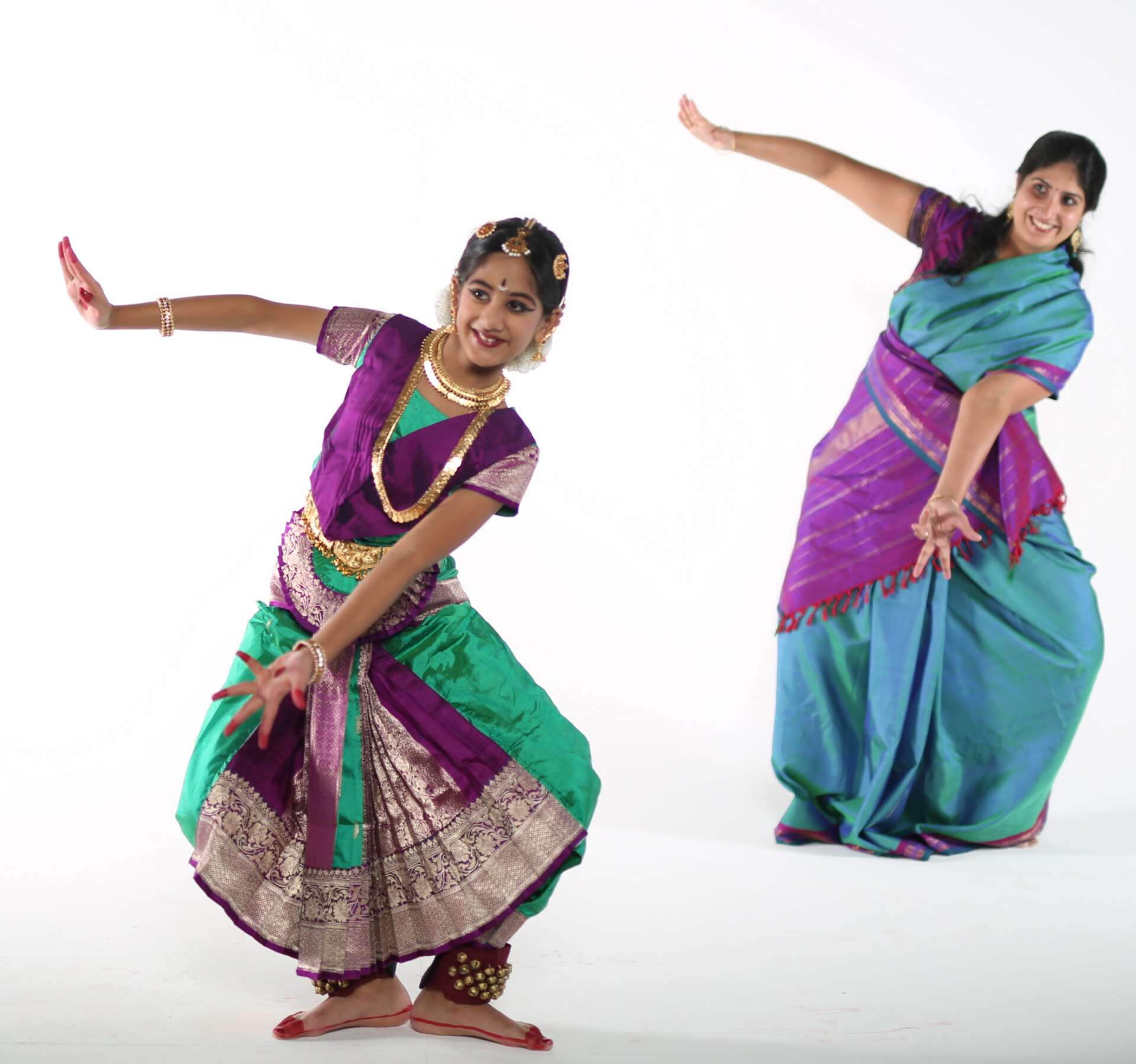We were lucky to catch up with Lavanya Rajagopalan recently and have shared our conversation below.
Lavanya, appreciate you joining us today. We’d love to hear the backstory behind a risk you’ve taken – whether big or small, walk us through what it was like and how it ultimately turned out.
I didn’t actually set out to be an artist – I came to the United States as a graduate student. What began as an avenue to stay in touch with the art form I loved, has now taken over my life and I love every minute of what I do. Leaving a flourishing research career to become a full-time creative was a risk in itself, and a nerve-wracking choice I made, a decade ago.
More recently, I was faced with another crossroads. The Indian classical nonprofit arts organization I founded in 2002, Silambam Houston, had grown in leaps and bounds, and enrollment in our arts education programs was increasing exponentially. We were at capacity and bursting at the seams, in the rented space we had used for several years. We were faced with a choice: limit our enrollment, turn people away, and remain at our current size and in our current space, or find a larger space into which we could expand to meet the high demand for our classes. In 2017, we began exploring what it would take to procure our own space.
This was a big step for a small arts organization. We knew we were taking on a lot of risk, and we ran risk/reward and worst-case scenarios constantly in our Board meetings. Finally, thanks to the generosity and hard work of our small village of parents, alumni, students, and supporters, we broke ground in February 2020 on our ambitious new arts building, which would house studio and classroom spaces, and a small black-box theater.
And then the pandemic hit.
Overnight, all of our worst-case projections were suddenly so much closer to reality. The world shut down and went online. We, on the other hand, were building a million-dollar physical facility. In those first few weeks of the pandemic, we scrambled to create online spaces to keep our students engaged and progressing, to take care of their social-emotional needs, to provide safe mentoring spaces for younger students to bond with their older peers. We created digital art and virtual showcases, to allow our artists to create and perform. And behind it all, we hoped and prayed that this huge step we were taking was still the right one.
Almost three years later, I look back and thank the universe that we soldiered on, took the risk, and built an amazing space for arts in our community! The Silambam Houston Cultural Arts Center is fast becoming a hub of artistic and cultural activity in the area, and we are able to offer so much more, and serve so many more people, because of it.
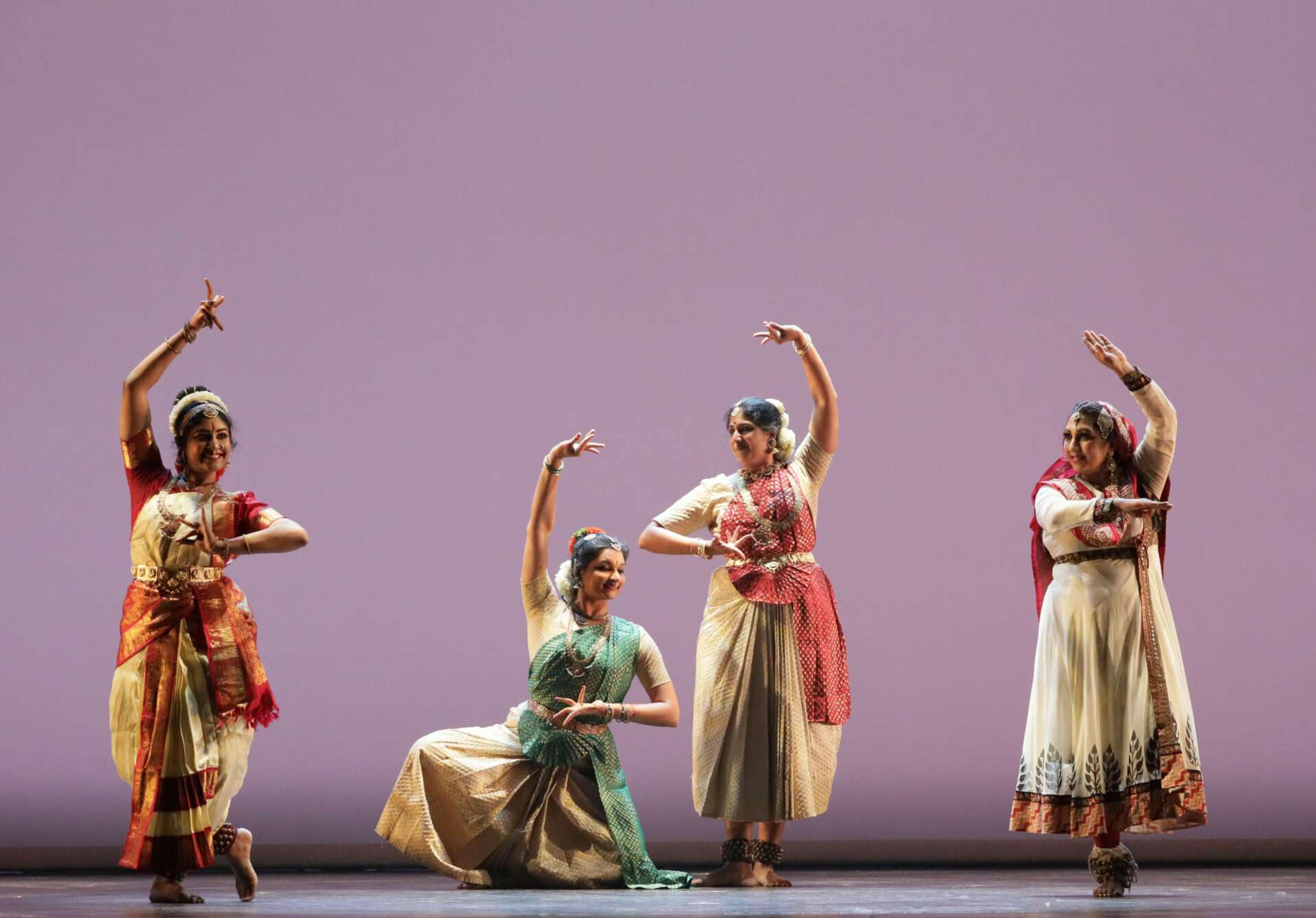
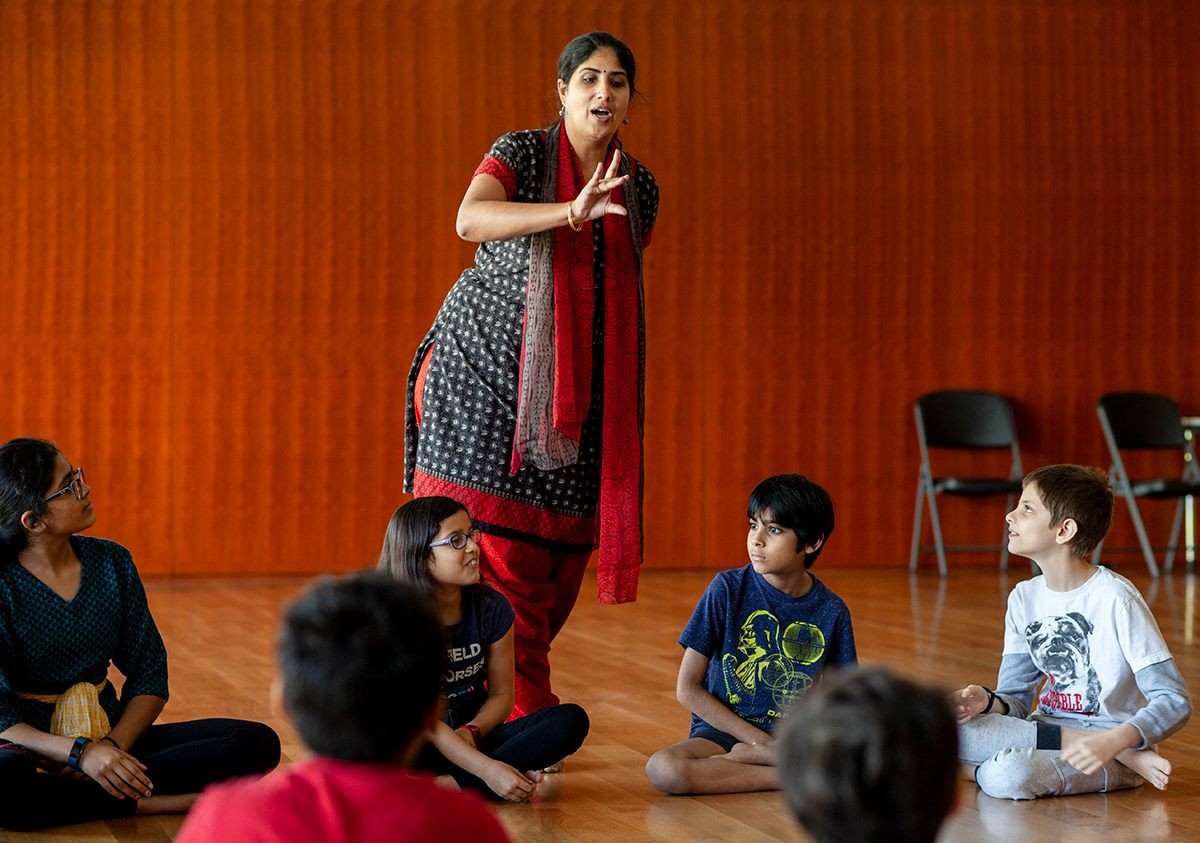
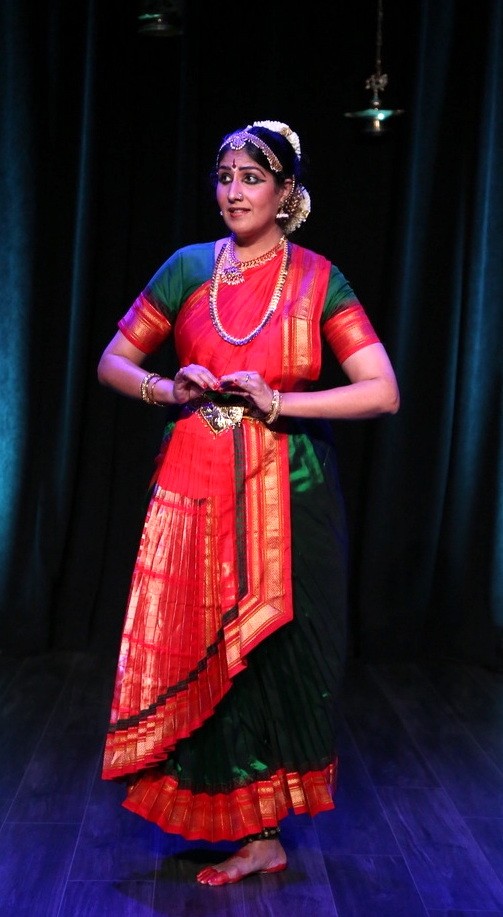

Great, appreciate you sharing that with us. Before we ask you to share more of your insights, can you take a moment to introduce yourself and how you got to where you are today to our readers
I am the founder and Executive Artistic Director of Silambam Houston, Houston’s premiere Indian classical arts organization. I have had the great good fortune to have trained under the living legend Prof. Sudharani Raghupathy, and have been dancing for the last 35 years. When I moved to the United States for graduate school as a young adult, my visceral longing for the art form I loved led me to start teaching a few students on a very tiny scale, and so Silambam Houston was born, in an apartment clubhouse.
My work in the arts has always been out of pure passion – I initially did not even charge tuition for classes. Over the past two decades, the number of students at Silambam has grown exponentially – and completely organically! – and so has the organization. We have welcomed new, equally passionate faculty members, added several arts disciplines, built the first fully equipped performing arts facility in Texas dedicated to Indian classical arts, created outreach programs, established a dance company, presented visiting artists, and, most recently, received funding from the National Endowment for the Arts.
Silambam is now an overarching umbrella for so many wonderful programs that raise the profile of Indian classical arts and artists. I am most proud of our core principle of inclusion – we welcome all artists with open arms, and believe that the world of arts has enough space for everyone. Our programs are all predicated on this; we provide opportunities and programmatic offerings for young and established artists, traditional and experimental works and performances, neurotypical and neurodiverse individuals, 5-year-old and 55-year-old students, audiences across the globe and across socioeconomic backgrounds – there is a place, and an avenue, for everyone at Silambam.
How can we best help foster a strong, supportive environment for artists and creatives?
Arts are so very important to the human experience. They uplift, refine, and provoke thought. But they are often the first thing on the chopping block in times of economic hardship. I very firmly believe that art, and artists, must be valued – not just in sentiment but in actual monetary terms. We need to create and sustain an ecosystem where artists of diverse cultural backgrounds can earn a living wage, have protected time to create art, and be encouraged to enter the arts field – thereby adding to the rich tapestry of art and culture in their communities. I am grateful for the robust programs in place at the federal, state, and local levels to encourage and fund art and artists. I do believe private funders – foundations, corporations and individual donors – should, in general, make more of an effort to recognize the wealth of diversity in arts and cultural traditions and offer support to arts organizations, big and small, that reflect this diversity.
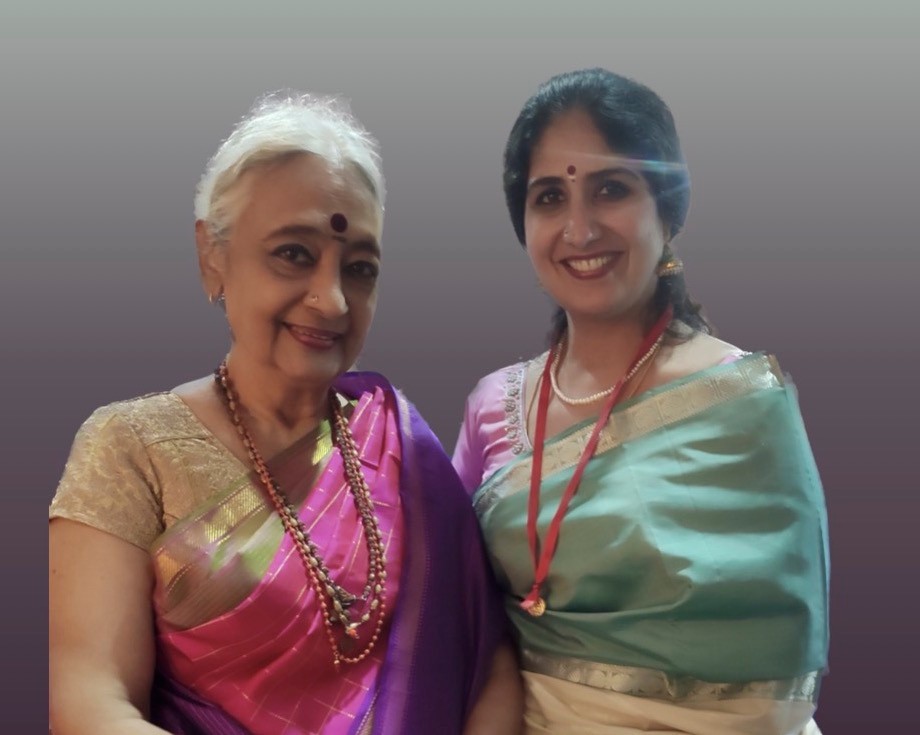

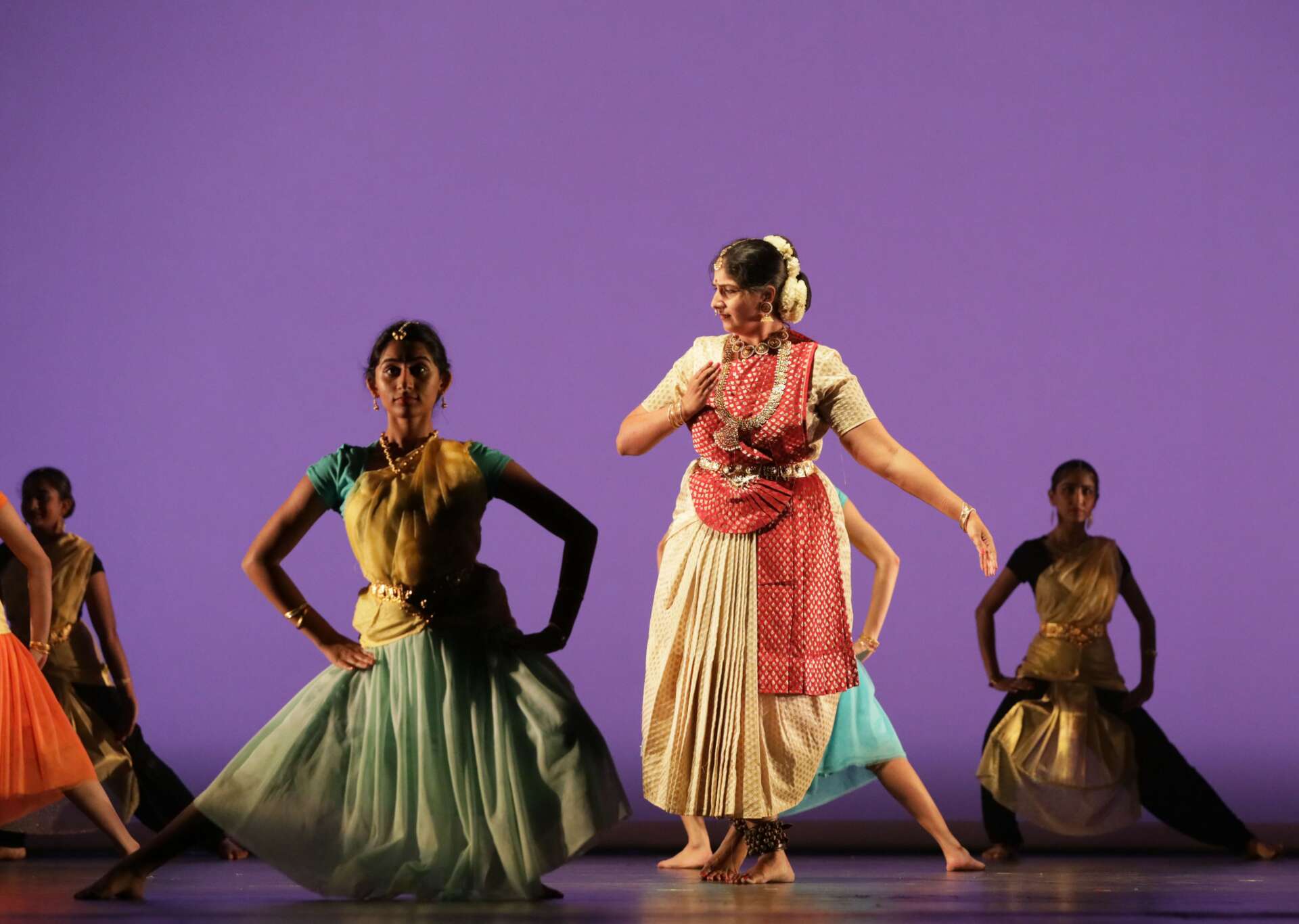
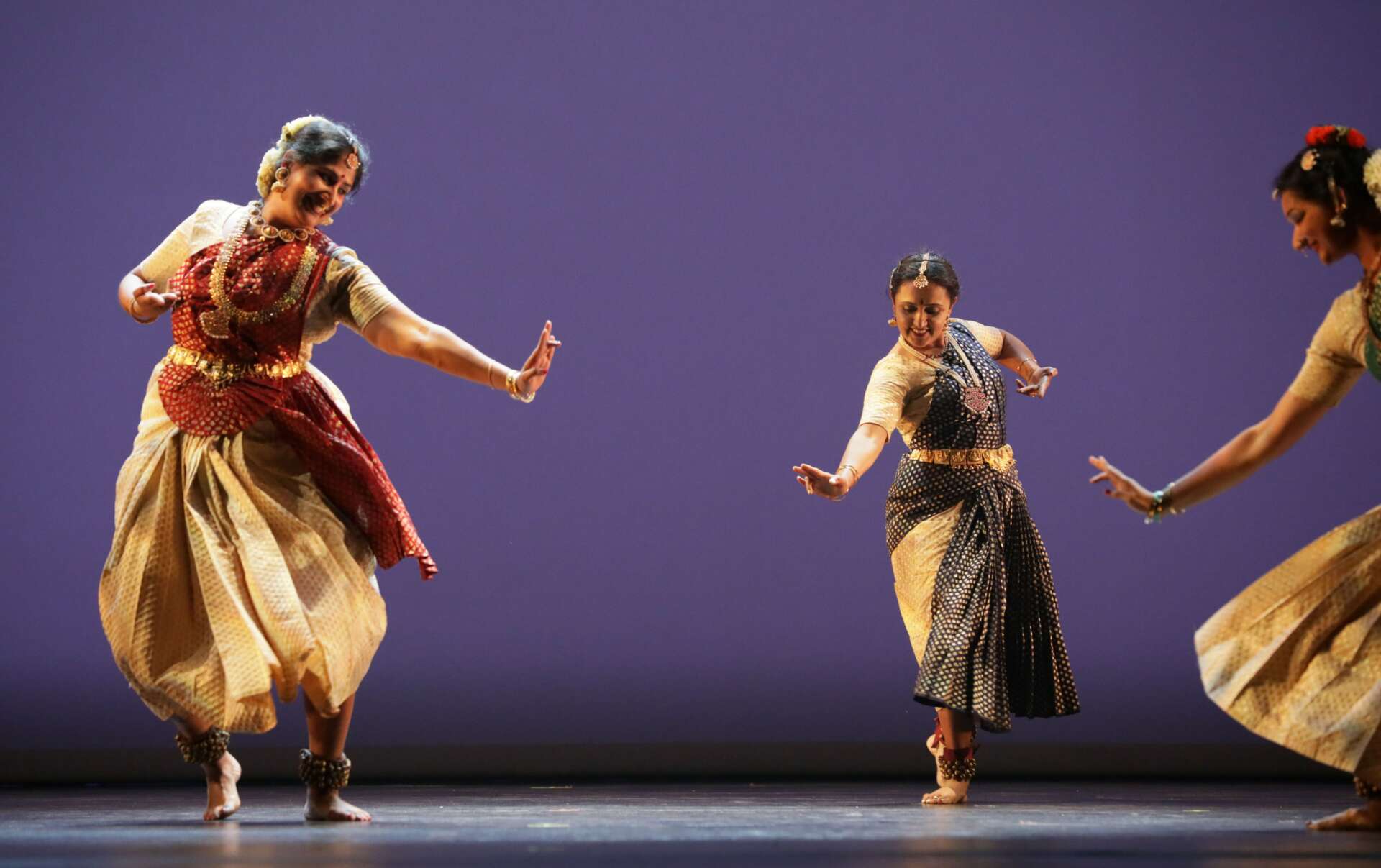
Is there mission driving your creative journey?
My creative journey has always been fueled by pure passion – just an unbridled joy in practicing and passing on the wonderful, versatile art form of Bharatanatyam. However, as my career unfolds, I am finding special meaning in making this art form accessible to all – students, audiences, artists. Arts equity and arts access have, over the last few years in particular, become very important to me indeed.
From freely available digital resources like ‘Dancing Into STEM’ and ‘Storytime with Silambam’, to our annual emerging choreographer festival YUVA that provides young artists with protected time and space to create and collaborate, to our live and livestreamed ArtStream concerts that allow anyone anywhere to ‘pay-what-they-can’ to watch, to tuition waivers and free workshops, all of Silambam’s programming is modeled with equity and access in mind.
Contact Info:
- Website: www.silambamhouston.org
- Instagram: @lavanya.rajagopalan, @silambamhouston
- Facebook: @lavanya.rajagopalan, @silambamhouston
- Youtube: https://www.youtube.com/channel/UCYhTmjxPUHZJNOGN38qn5JA
Image Credits
Picture Credits: Amitava Sarkar, Nuwan Samaranayake, Asia Society Texas Center, Elevate Development


